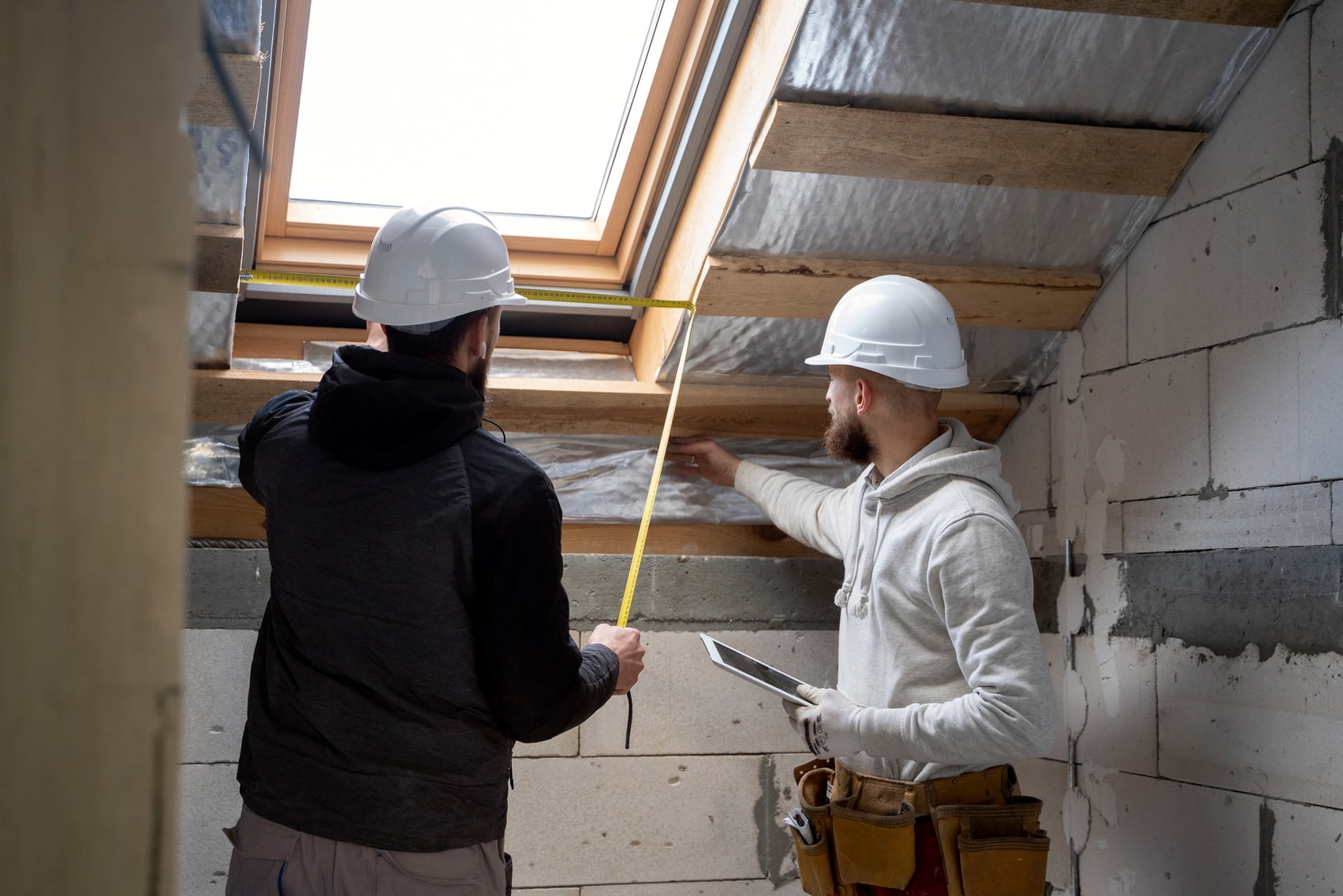Have you ever wondered what keeps your home feeling cozy, warm in the winter and pleasantly cool in the summer? Well, there’s a hidden hero behind the scenes effectively maintaining a comfortable indoor temperature – batt insulation.
This special material, often tucked away within the walls, ceilings, and floors of your home, plays a crucial role in maintaining your desired indoor temperature and keeping your energy bills in check. To discover how batt insulation works, let’s jump into the next section.
Table of Contents
- Understanding Batt Insulation
- Composition and Material
- Benefits of Batt Insulation
- Considerations before Installation
- Conclusion
Understanding Batt Insulation
You might wonder, what is batt insulation? Batt insulation is a widely used type of thermal insulation, commonly found in both homes and buildings. It’s known for its flexibility and blanket-like appearance, making it easy to handle during installation.
This versatile material plays a crucial role in maintaining a comfortable indoor temperature throughout the year. It acts as a barrier against heat flow, preventing heat from escaping in the winter and keeping the warmth out in the summer. By effectively regulating heat transfer, batt insulation ensures that your home stays cozy and comfortable, regardless of the season.
In addition to enhancing comfort, batt insulation also contributes significantly to energy efficiency. By reducing heat loss in the winter and heat gain in the summer, it alleviates the workload on heating and cooling systems, leading to substantial energy savings. This translates into lower energy bills, a welcome benefit for both homeowners and businesses alike.
Composition and Material
The composition of batt insulation primarily revolves around two main materials:
Fiberglass
Known for its exceptional thermal resistance, fiberglass is produced from extremely fine glass fibers, effectively trapping and preventing heat transfer. Its cost-effectiveness makes it popular in both residential and commercial settings.
Mineral Wool
Derived from natural minerals, mineral wool excels in fire resistance and sound absorption. Its high melting point and non-combustible nature make it suitable for fire-prone areas, while its sound-dampening properties enhance acoustic comfort.
Benefits of Batt Insulation
Thermal Efficiency: Comfort All Year Round
Batt insulation effectively blocks heat transfer, keeping your home cozy in the winter and preventing it from overheating in the summer. This reduces reliance on heating and cooling systems, leading to lower energy bills and a more sustainable approach to home comfort.
Cost-Effectiveness: Pay Now, Save Later
While the initial cost of installation may seem significant, the long-term energy savings far outweigh the upfront investment. Batt insulation can quickly recoup its cost, making it a budget-friendly choice for those seeking a return on their investment.
Sound Absorption: A Tranquil Haven
Beyond its thermal properties, batt insulation also aids in reducing noise transmission. The dense fibers of materials like mineral wool act as sound absorbers, helping to dampen and muffle external noises. This quality is especially valuable in buildings where noise control is essential, such as in homes situated near busy streets or in commercial spaces.
Environmental Impact: A Greener Choice
Batt insulation contributes positively to environmental sustainability. Many materials used in batt insulation, such as fiberglass and mineral wool, are often composed of recycled content and are themselves recyclable. This characteristic minimizes waste and supports eco-friendly construction practices.
Healthy Living: A Breath of Fresh Air
Batt insulation materials, when properly installed and maintained, pose minimal health risks. Unlike some other insulation types that might emit volatile organic compounds (VOCs), batt insulation materials are generally inert and non-toxic. This characteristic ensures better indoor air quality and a healthier living environment for occupants.
Considerations before Installation
Before installing batt insulation, consider these crucial factors to ensure its optimal performance and longevity:
Moisture Management
Address moisture issues like leaks to prevent mold growth and material deterioration. This might involve fixing leaks, ensuring proper ventilation, or installing vapor barriers to prevent moisture infiltration.
Space Compatibility
Choose insulation suited to the climate, area (walls, attics, floors), and building structure. For instance, certain areas might require insulation with higher moisture resistance, while others might benefit from insulation with better thermal resistance.
Installation Conditions
The installation space should be clean, free from debris, and adequately prepared. Ensure a proper fit without compressing the insulation, as compressed insulation loses efficiency.
Ventilation
Maintain proper ventilation in attics and crawl spaces to manage moisture and prevent heat buildup. Proper airflow also contributes to the overall health of the building structure by preventing issues like condensation.
Safety Measures
Use appropriate PPE (gloves, masks, goggles) to prevent irritation from insulation fibers. Proper handling and cutting techniques should be employed to avoid injuries.
Building Codes and Regulations
Comply with local building codes and regulations for safety and proper installation. Consult local authorities or professionals knowledgeable about building codes to avoid potential issues.
Conclusion
Batt insulation emerges as a multifaceted solution that addresses thermal comfort, energy efficiency, sound absorption, environmental sustainability, and health-conscious living. Its versatility and positive impact make it a worthwhile investment for anyone seeking a comfortable, eco-friendly, and healthy home.
Embrace the benefits of batt insulation today and transform your home into a haven of comfort, tranquility, and energy savings. Visit Ener-Spray, your one-stop shop for high-quality insulation solutions and expert installation services.
